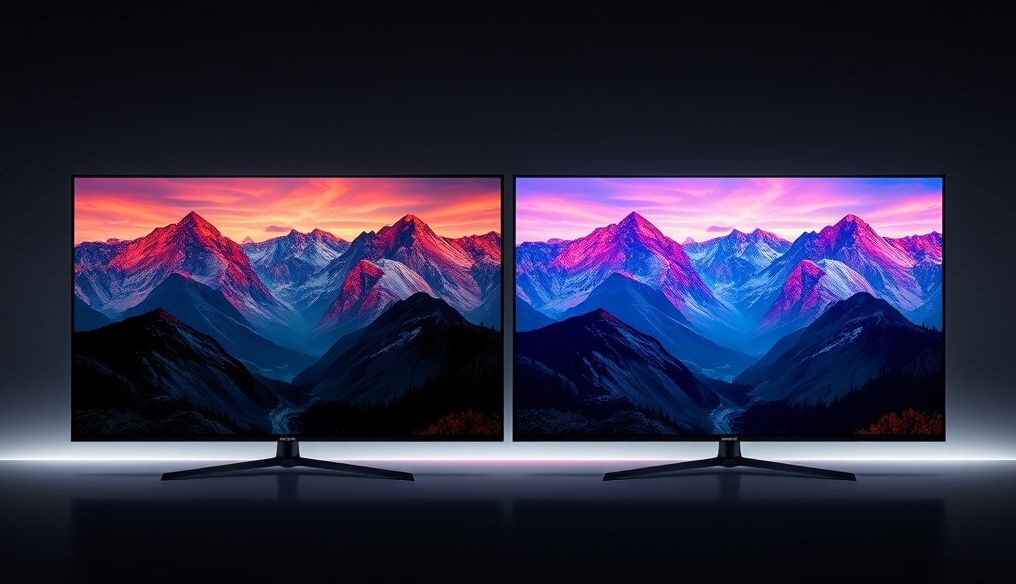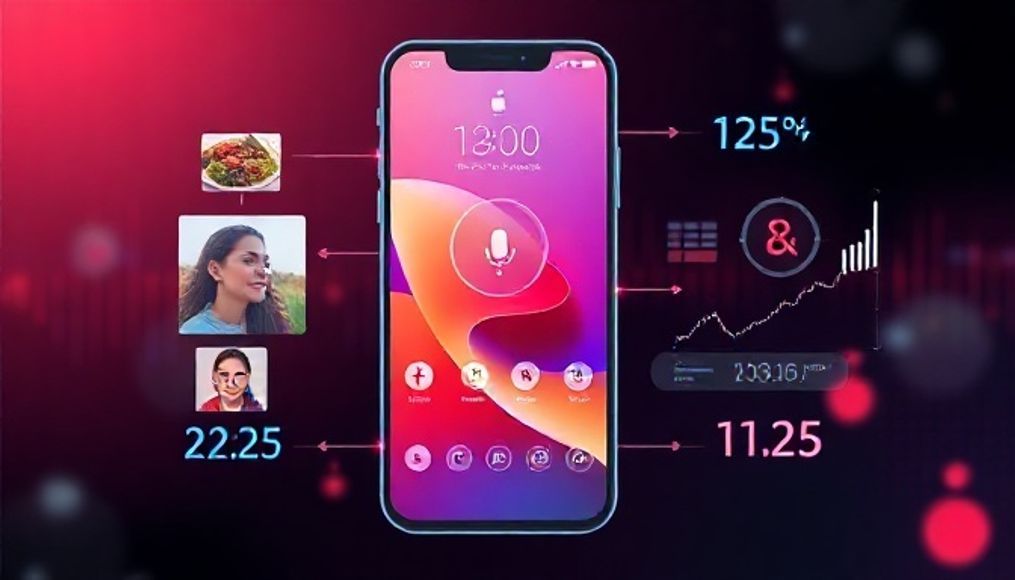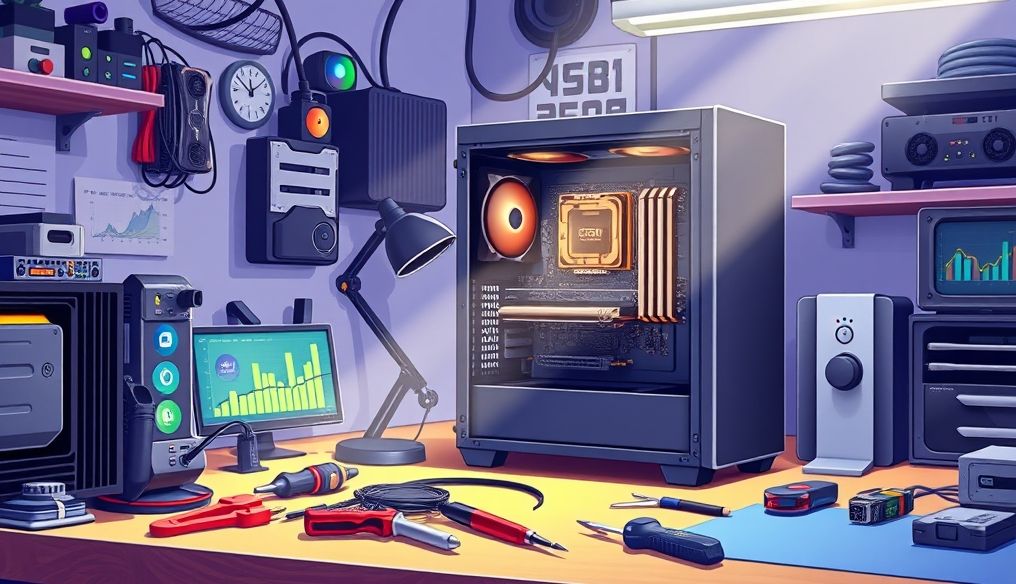What's the Difference Between OLED and QLED TVs, and Which is Better for You?
In the world of modern televisions, two main technologies are competing for the top spot: OLED (Organic Light Emitting Diode) and QLED (Quantum Dot Light Emitting Diode). Both offer stunning images, but they work in fundamentally different ways. Understanding these differences will help you make an informed decision when buying a new TV.
Chapter 1: The Basics of OLED Technology
OLED is an emissive technology, meaning that each pixel on the screen produces its own light. This means that each pixel can independently light up or turn off completely, resulting in perfect black levels and infinite contrast.
How Do OLED Screens Work?
OLED screens consist of a thin layer of organic materials that light up when an electric current passes through them. Because each pixel lights up independently, the screen can achieve true black levels by turning the pixels off completely, resulting in excellent contrast and vibrant colors.
Advantages of OLED Screens
- Infinite Contrast: The ability to turn pixels off completely provides perfect black levels and unparalleled contrast.
- Wide Viewing Angles: Colors and contrast retain their quality even when viewed from sharp angles.
- Fast Response Time: Ideal for gaming and watching fast-paced movies.
- Slim Design: Due to the lack of a backlight, OLED screens can be extremely thin.
Disadvantages of OLED Screens
- Brightness: In general, OLED screens are not as bright as QLED screens, especially in bright environments.
- Burn-in: In rare cases, OLED screens may experience burn-in if static images are displayed for very long periods.
- Cost: OLED screens are typically more expensive than QLED screens.
Chapter 2: The Basics of QLED Technology
QLED is a technology that relies on backlighting, where a layer of Quantum Dots is used to enhance colors and brightness. QLED screens use LED backlighting to pass light through a layer of Quantum Dots, which in turn produces more pure and brighter colors.
How Do QLED Screens Work?
QLED screens consist of an LED or Mini-LED backlight, a layer of Quantum Dots, and an LCD panel. The backlight produces light, then passes through the Quantum Dots, which convert the light into purer and more accurate colors. The light then passes through the LCD panel, which controls the pixels and displays the image.
Advantages of QLED Screens
- Brightness: QLED screens are brighter than OLED screens, making them ideal for bright rooms.
- Larger Sizes: QLED screens are sometimes available in larger sizes than OLED screens.
- Burn-in Resistance: Less prone to burn-in compared to OLED screens.
- Cost: QLED screens are usually cheaper than OLED screens.
Disadvantages of QLED Screens
- Contrast: QLED screens cannot achieve perfect black levels like OLED screens, so the contrast is lower.
- Viewing Angles: Colors and contrast may be affected when viewed from sharp angles.
- Thickness: QLED screens are usually thicker than OLED screens due to the need for backlighting.
Chapter 3: Direct Comparison Between OLED and QLED
Let's compare the two technologies in key aspects:
| Feature | OLED | QLED |
|---|---|---|
| Contrast | Infinite | High, but not perfect |
| Brightness | Lower | Higher |
| Viewing Angles | Excellent | Good, but may be affected |
| Response Time | Very Fast | Fast |
| Burn-in | More Prone | Less Prone |
| Cost | Higher | Lower |
| Thickness | Thinner | Thicker |
Chapter 4: Factors to Consider When Choosing
When choosing between an OLED and QLED TV, consider the following factors:
- Your Budget: OLED screens are usually more expensive.
- Viewing Environment: If your room is well-lit, a QLED screen may be more suitable.
- Gaming: OLED screens offer a faster response time, making them ideal for gaming.
- Content You Watch: If you watch a lot of movies with dark scenes, the superior contrast of an OLED screen may be the best.
- Desired Size: Make sure the size you want is available in the technology you choose.
Chapter 5: Burn-in in OLED Screens: Fact or Fiction?
Burn-in is a potential problem in OLED screens where static images (such as channel logos or user interface elements) can leave a permanent mark on the screen. However, burn-in is not as common as some people think, and manufacturers have taken steps to reduce the risk of it occurring.
How to Reduce the Risk of Burn-in in OLED Screens
- Avoid displaying static images for long periods: If you are watching a TV channel with a static logo, try changing the channel regularly.
- Use power saving features: Power saving features can help reduce screen brightness and reduce the risk of burn-in.
- Check for "Pixel Shift" features: Some OLED screens move pixels slightly periodically to prevent burn-in.
Chapter 6: Mini-LED Technology: A New Contender in the QLED World
Mini-LED technology is a recent development in QLED screens that uses thousands of tiny LED lights for backlighting. This allows for more precise control of the backlight, resulting in better contrast and deeper black levels, bringing it closer to the performance of OLED screens.
Advantages of QLED Screens with Mini-LED Technology
- Improved Contrast: Thanks to precise control of the backlight, Mini-LED QLED screens can achieve better contrast than traditional QLED screens.
- Higher Brightness: Mini-LED QLED screens still retain the high brightness advantage of QLED screens.
- Better Performance in Bright Rooms: Ideal for bright environments where they outperform OLED screens.
Chapter 7: The Future of Screen Technologies: What Awaits Us?
The world of screen technologies is constantly evolving. We expect to see improvements in both OLED and QLED technologies in the near future. These improvements may include:
- Increased Brightness in OLED Screens: Manufacturers are developing new technologies to increase the brightness of OLED screens while maintaining excellent image quality.
- Improved Contrast in QLED Screens: Through technologies such as Mini-LED and MicroLED, contrast in QLED screens is constantly being improved.
- Reduced Production Costs: As technology evolves, the cost of producing OLED and QLED screens is expected to decrease, making them more accessible to consumers.
Chapter 8: Conclusion: Which is Better for You?
There is no definitive answer to the question "Which is better?" between OLED and QLED. The best choice depends on your needs, budget, and personal preferences. If you are looking for the best possible contrast and wide viewing angles, and your budget allows it, an OLED screen may be the best option. But if you need a bright screen for a bright room, and you are looking for a more economical option, a QLED screen may be the best choice for you.
Ultimately, the best way to make a decision is to visit an electronics store and see both types of screens for yourself to assess the image quality and choose what suits you.




